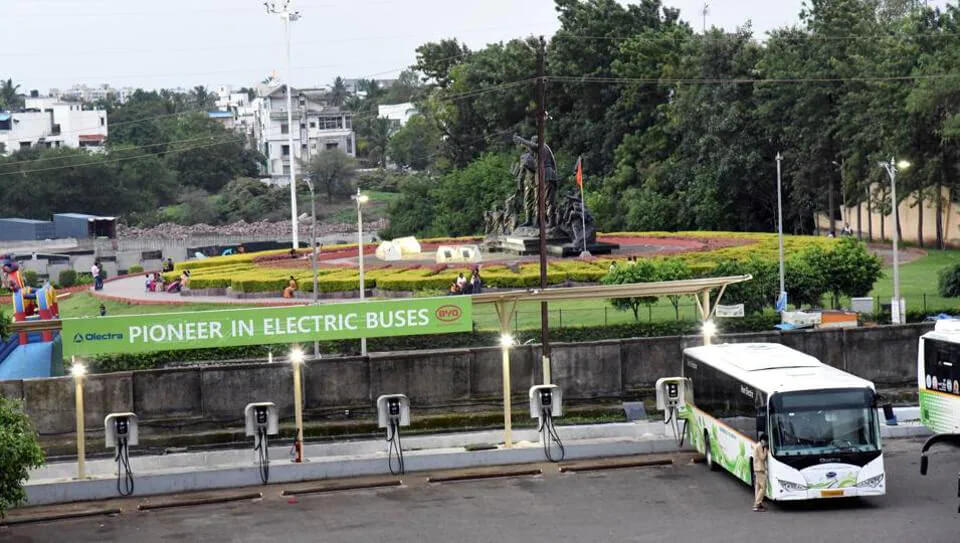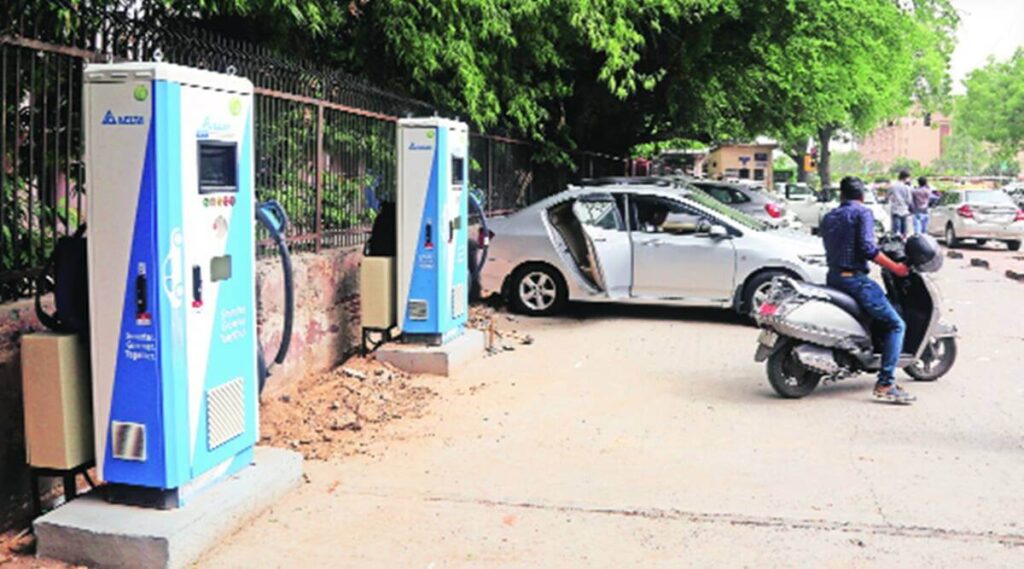
How to plan a road trip with an electric car /EV | Few things in the world can match the pure joy of taking a road trip. And the unexpected ones add to the pleasure. However, preparing and laying out things a little ahead of time may be advantageous for everyone involved, particularly if you own an electric vehicle.
And this is especially true in India, where EV charging infrastructure is still in its infancy. While the year 2020 has transformed society in many different ways, two things particularly stick out to me: road trips and electric vehicles. Road vacations are rising, but air travel is down due to the coronavirus.
Simultaneously, an increasing number of drivers are opting for electric vehicles, with acceptance gradually increasing in both the United States and internationally.
Overall, there are numerous advantages to going green. Not only is driving an electric vehicle better for the planet, but it also permits you to use HOV lanes in several states. You’ll also save money on petrol, and don’t get me started on how beneficial having two trunks is (thanks to no engine). It’s not the same as driving a gas vehicle on the highway, and novices to the electric car world may be put off if they don’t realize what to anticipate.
1. Choose the right EV for road trips.
If you’re looking for an electric vehicle and intend to road travel with it, there are a few things to keep in mind. Here are a few points to bear in mind as you shop for a vehicle. Some of these concerns cover range and buy a plug-in hybrid instead.
First and foremost, consider your vehicle’s battery, expected range, and any limits before sketching out your itinerary and the attractions you’ll visit along the way. Having this information on hand will allow individuals to organize their journey and prevent driving long distances that could deplete your battery’s capacity.
It’s essential to find a vehicle with sufficient range for the travels you intend to do. In summary, if you plan on making 500-mile road trips regularly, don’t buy a car with an 80-mile range. These travels, however, do not need the use of a mega electric vehicle. The BMW i3 94ah, for example, has a range of 153 miles and, if you don’t mind stopping a few times, might be a suitable choice for lengthy travels.
2. Mapping out the stops
Once you know how far your car can go, you can plan the various stops you’ll make along the way to your location. Whether you’re traveling on a multi-day holiday or simply a day excursion, it’s a good idea to plan stops where you can charge your car while admiring the view or finding some amusement.
If you’re concerned about getting to your next destination before your charging range runs out, you can always use Google Maps to find the nearest EV charging station. The app shows available chargers and units based on the most recent data; travelers can easily search “EV charging stations” to find the nearest location to connect in their automobile.
3. Consider a hybrid vehicle.
Furthermore, you might wish to explore a hybrid electric vehicle. Plug-in hybrids and variation electric vehicles are the two possibilities here. The former is simply hybrid cars with bigger cells that can be recharged from the outside. These vehicles typically have an electric range of 15 to 50 miles and full-size gas tanks. On the other hand, range-extended electric motors are entirely electric vehicles with tiny gas motors. This engine successfully refills the car’s battery to offer additional range when driving long distances. Furthermore, these vehicles are typically fitted with quick charging and other EV-specific technologies. Furthermore, many plug-in hybrids cannot operate solely in electric mode, making them feel more like a typical gas car.
4. Check on the battery degradation when buying a car.
Do you intend to purchase a used vehicle? Before you buy, be sure to verify the car’s battery condition. The battery within an electric automobile, like all batteries, will deteriorate over time. This is natural, but extreme deterioration can make life tough on the road. The charge status is frequently shown on the car’s IoT platform.
5. Contact the hotels in advance.
Whether you’re planning a multi-day journey, it’s a good idea to check with stopover hotels ahead of time to see if they have power and the right voltage plugs to charge your electric vehicle. You’ll save a lot of time since you’ll be able to recharge the battery while you sleep.
Even if you’re going on a day trip, it’s a good idea to phone ahead to restaurants where you want to stop to see if you can charge your vehicle’s batteries. Arriving at stays that allow electric car charging in their driveways or garages is another method to save time on charging. These are becoming increasingly prevalent, and charging is frequently free or included in the parking cost.



